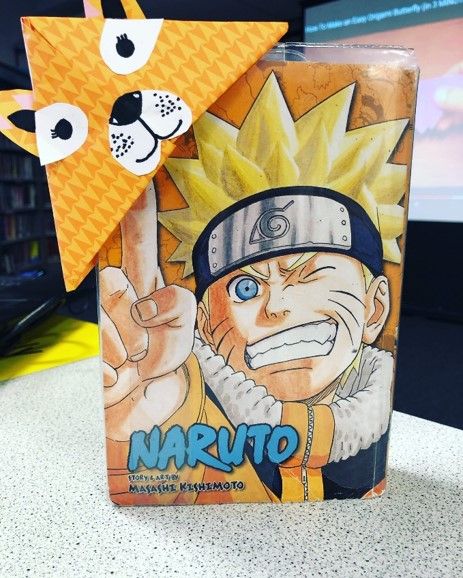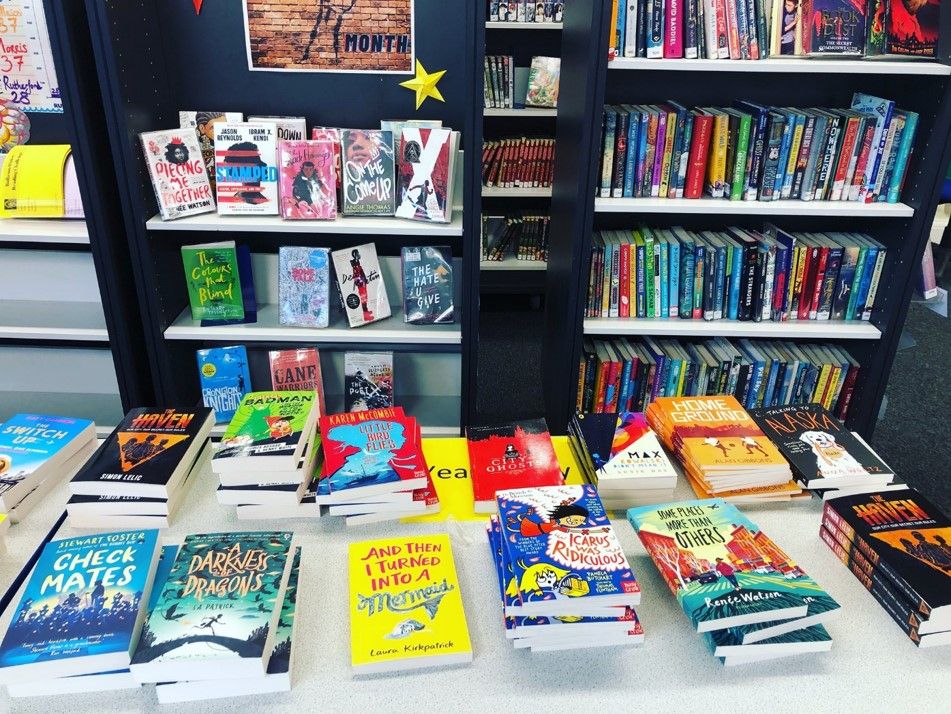
A Social Media Strategy for Libraries
I recently spoke at a great conference (virtually, of course) to public librarians on how to get the most out of social media. I’m no expert, but I’ve been promoting the high school library that I manage in South London, UK, for about six years now and have had some success with it.
I’ve identified five ways that librarians can use social media to reach new users, engage their audience and have fun. Does your library have social media success stories to share? Tell us about them on the socials!
1. Communication
This may seem obvious, but it can be hard to find time to do this properly on social media. It’s worth it, however. I try to share my ideas and the ideas that I’ve “stolen” from other librarians on a daily basis. One way I communicate is to promote programs that we run: this might be our film club, book club, manga/anime club, Dungeons & Dragons club, etc.
The point is to hopefully inspire others to start a program to engage their users or to share another one that they’ve done that works. I also like to share how libraries are part of the education process, specifically through teaching responsible researching skills, literacy, and context lessons.
It doesn’t have to be that complex, though; it can simply be sharing the arrival of a new book or something cool that happened. Having an author visit is also something worth sharing, although all of ours are now virtual. I’ve written before on the importance on having author visits in schools, even via Zoom; they still make an impact.
2. Giving Students (or Patrons) a Voice

Since I started at Glenthorne back in 2013, I’ve always tried to ensure the library was a safe, welcoming place for students. I also wanted to ensure that they knew the space belonged to them and that it was constantly evolving.
That’s why I use social media to share student created art, book reviews, projects, anything that demonstrates that the library is part of the education process. Pre-COVID I would regularly post about our open mic competitions, poetry recitals, and other events. Post-COVID I record students one-on-one reading snippets from books, and the recordings are played in the student’s home room time.
We have a dedicated manga club at Glenthorne, and I regularly post pictures of them when they make crafts, watch anime and the manga that they enjoy on a daily basis.
3. Building a Brand
Consistency is key with brand building, especially when it comes to libraries. As librarians, we can be our own publicists, setting the tone for what the library puts out and how the outside world views our space. I also want my library “brand” to include the fact that I am consciously trying to ensure our students are well prepared for the digital onslaught of fake news and garbage that awaits them on a daily basis, but more so once they become of voting age. I want them to be equipped with the resources to navigate fake news and misinformation. There are many ways to build a brand, I let the students take part. For example, they have helped develop the name, theme, logo and music for our podcast, Booklings Chat. I also took the name “Booklings”, which was created by one of our book club members, and use it in every aspect of the library from our Book Award, to the name of our book club to the name of our student library assistants.
4. Networking
Social media is the perfect place for networking because you don’t have to leave the comfort of your own home or library. If you regularly engage with authors, publicists, and of course other librarians and educators, you can create a nice connection of people to share ideas, ask questions, and discover new ways of engaging and challenging your students and patrons. I use Instagram to find display ideas by following the #LibraryDisplays hashtag. I use Twitter daily to see what other librarians are doing and to share anything that worked and also things that don’t work. It’s the perfect way to create a strong network of social media friends.

5. Offering 24-Hour Service to Your Services
I’m not saying you need be up at 3:00 a.m. to answer questions or check in on what’s going on. I’m saying that if you have a social media presence that is up to date, this will allow your students and patrons to discover what programs are on offer, what new material you have in, and what your future plans are at any time that is convenient for them. I feel there is a lot of hesitation around using social media and rightly so if you haven’t used it before. Despite all of its setbacks, and there are many, I feel that if you throw out positivity on a regular basis, it can be a very useful tool for librarians.











